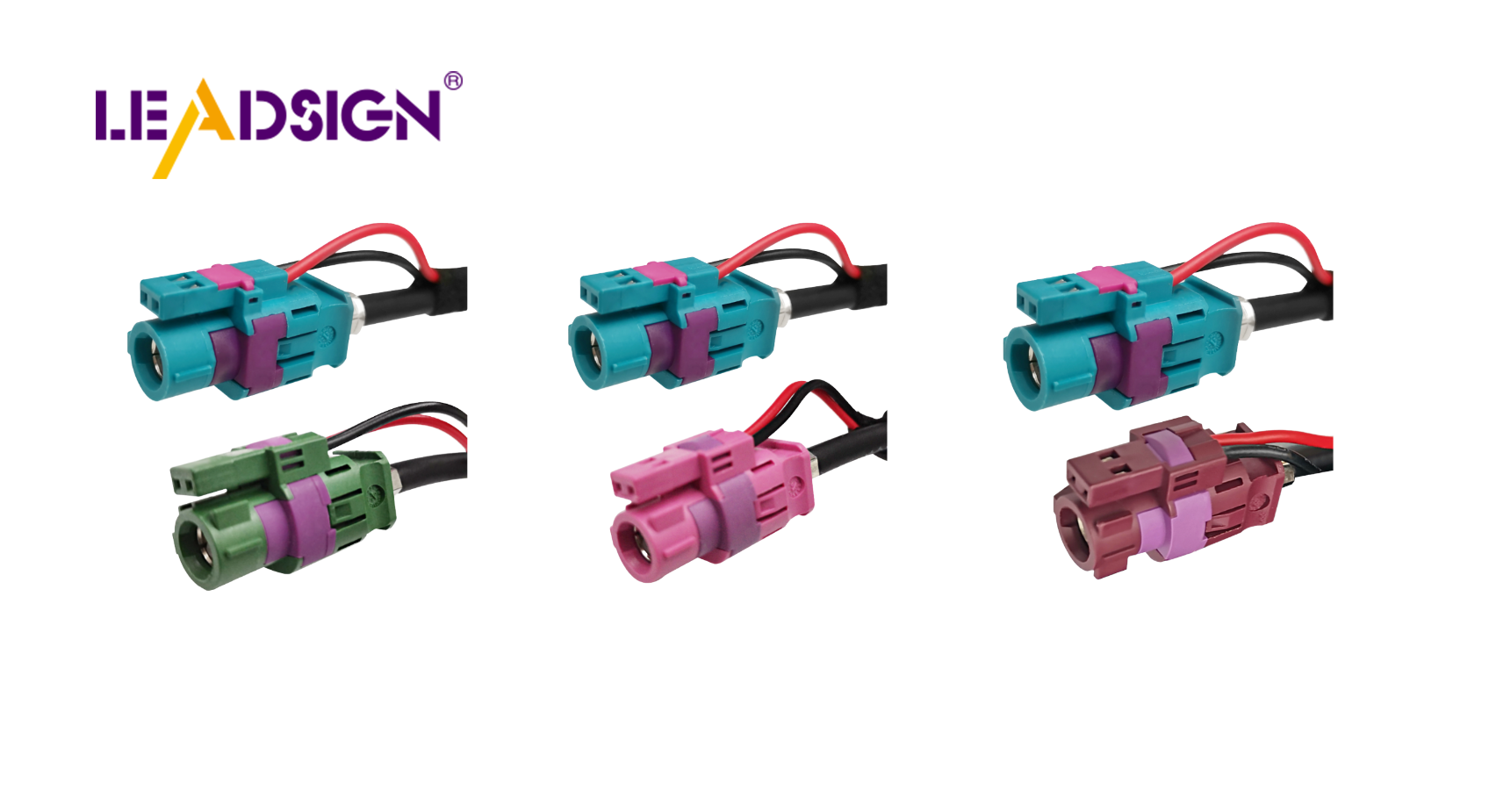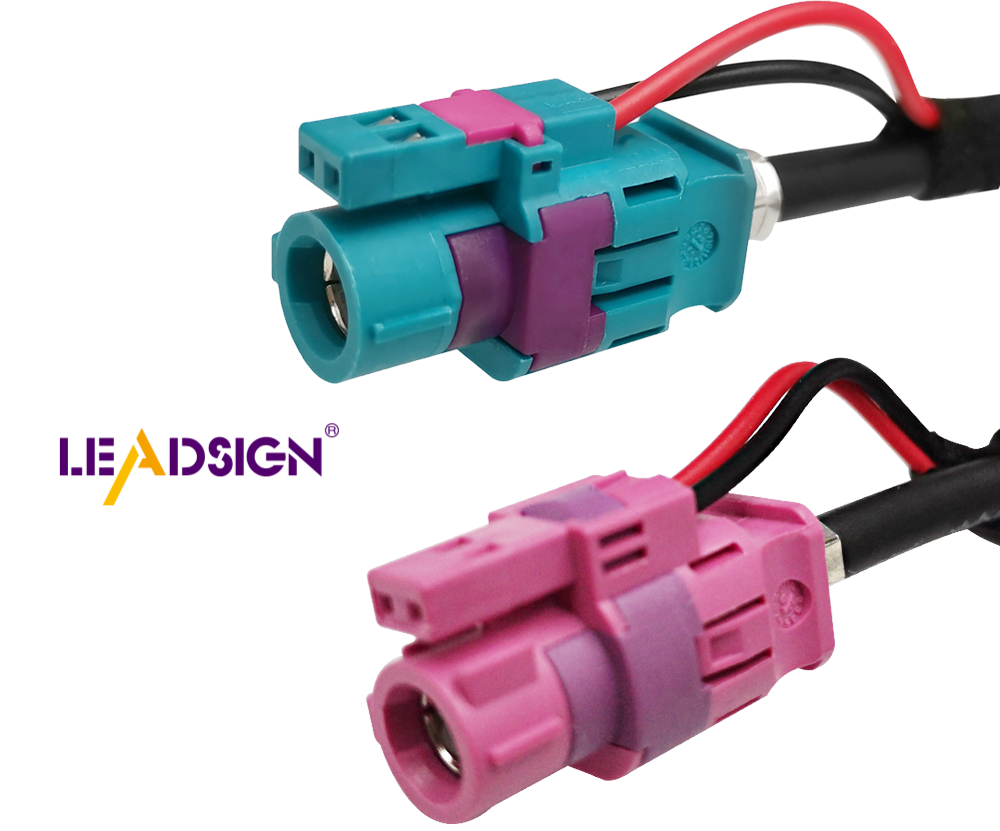Vehicle Cable Testing: A Comprehensive Guide for Custom Wire Cables

Testing vehicle cables is very important for safety and performance. Testing well makes your car's electrical systems more reliable. This helps stop problems that could be dangerous. Studies show good cable testing cuts failure time by 40%. Testing is important to meet industry rules. It also makes sure your car runs well and safely. Good cables mean fewer breakdowns and a better driving experience.
Key Takeaways
Regular testing of vehicle cables is crucial for safety and performance, helping to identify issues before they lead to failures.
Mechanical, electrical, and environmental tests are essential to ensure wires can withstand real-life conditions and function properly.
Familiarize yourself with industry standards like ISO and SAE to ensure compliance and enhance the reliability of your vehicle's wiring.
Keep detailed records of all cable tests to track performance over time and demonstrate adherence to safety regulations.
Proper storage and handling of wires can significantly extend their lifespan and prevent damage.
Conduct inspections for visible wear and tear regularly, and address any damage promptly to maintain optimal performance.
Implementing a routine testing schedule, ideally every six months, can help catch potential issues early and save on costly repairs.
Types of Vehicle Cable Testing

Knowing about vehicle cable tests is key for safety. These tests check how wires work in cars. They look at how strong, electric, and tough the wires are. This keeps your car's wires working well.
Mechanical Tests
Mechanical tests check how strong the wires are. They make sure wires can handle real-life use.
Tensile Strength Testing
Tensile strength testing sees how much a wire can pull before it breaks. Strong wires don't break easily when used. This test shows if wires can handle stress in cars.
Flexibility and Bend Testing
Flexibility and bend testing see if wires can bend without breaking. Car wires need to fit in small spaces. This test checks if wires can bend a lot without breaking.
Electrical Tests
Electrical tests check how well wires carry electricity. These tests make sure car wires work right.
Insulation Resistance Testing
Insulation resistance testing checks the wire's cover. It stops electricity from leaking out. Good covers stop short circuits and fires. This test keeps wires safe and working well.
Conductivity and Voltage Drop Testing
Conductivity and voltage drop testing see how well wires carry power. Wires should have low resistance. This test finds problems with power flow in wires.
Environmental Tests
Environmental tests show how wires handle tough conditions. They make sure wires work in bad weather.
Temperature and Humidity Testing
Temperature and humidity testing put wires in hot and cold places. Car wires must work in all weather. This test checks if wires stay strong in heat and cold.
Vibration and Shock Testing
Vibration and shock testing see if wires can handle bumps. Cars shake a lot on roads. This test makes sure wires stay in place and work well.
By knowing these tests, you keep car systems safe and good. Regular checks help cars run their best.
Industry Rules and Following Them for Car Wires
Knowing industry rules is key for safe car wires. These rules help keep your car's wires good and reliable.
Important Rules
ISO Rules for Car Cables
The International Organization for Standardization (ISO) makes rules for car cables. These rules make sure cables are the right size and work well. ISO 14572 checks how cables are tested and how they should work. ISO 6722-1 and ISO 6722-2 give rules for copper and aluminum cables. Following these rules helps car wires handle tough conditions.
SAE Rules and Tips
In North America, the Society of Automotive Engineers (SAE) makes rules for cars. SAE J1128 is a big rule for low voltage cables. It tells what car wires need to do to work well. Following SAE rules keeps car wires safe and strong.
Certificates and Following Rules
Why Certificates Matter
Certificates are important in cars. They show car wires meet quality rules. Certified wires are tested to be safe and work well. This helps stop problems and keeps car wires working long.
How to Follow Rules
To follow rules, do some steps. First, learn about ISO and SAE rules for car wires. Then, test cables often to meet these rules. This means doing tests on strength, electricity, and weather. Keep records of tests and results. This helps show you follow rules during checks.
By knowing and following these rules, car wires stay safe and good. Regular tests and checks keep cars running well and safely.
Best Ways to Test and Care for Car Wires
To keep your car safe and working well, follow good ways to test and care for wires. These ways make wires last longer and work better.
Regular Testing Times
Testing wires often is important. It helps find problems early.
How Often to Test
Test wires regularly. How often depends on use and weather. For most cars, test every six months. This helps find wear early and keeps wires in good shape.
Keeping Records
Write down all tests. Note the date, type, and results. This helps track wire health and follow rules. Good records show how well wires work over time.
Tips for Taking Care
Taking care of wires is as important as testing. Follow these tips to avoid problems and make wires last.
Storing and Handling Right
Keep wires in a cool, dry place. Don't let them get too hot or in the sun. Handle wires gently to avoid damage. Good storage and handling keep wires working well.
Spotting and Fixing Damage
Check wires often for damage. Look for cracks or worn spots. Fix any damage quickly to stop more problems. Fixing wires fast keeps your car running well.
By using these tips, your car wires will work their best. Smart testing and care save money and keep your car safe.
Testing car cables is very important for safety and performance. Following rules makes your car's wires work better and safer. Testing often helps wires last longer and saves money. Doing this keeps your car working well and avoids problems. Remember, checking cables now stops big problems later. This keeps your car strong and reliable.
FAQ
What are the types of cable testing?
Cable tests check for problems like long cables, tightness, bends, or breaks. They also find bad cables, wrong connectors, wrong ends, and mixed wires. These tests make sure car cables work right and safe.
Why is cable testing important in automotive applications?
Cable testing is key for cars. It makes sure your car's electric parts last long and work well. Finding problems early stops failures and keeps your car safe and working.
How does cable testing contribute to electrical continuity?
Cable tests keep electricity flowing by checking all connections. This stops power breaks, which are important for car parts to work well.
What are some common types of electrical cable testing?
Common cable tests include fire tests, sun tests, and ER tests. Groups like UL and CSA approve these tests to make sure car wires are safe and work well.
How often should you test automotive wires?
Test car wires often to keep them working. How often depends on use and weather. Regular tests find wear early and stop problems.
What role do industry standards play in cable testing?
Rules from ISO and SAE guide car wire tests. Following these rules makes sure cables are good and safe, making them work better.
How can you ensure the reliability of automotive cables?
To keep car cables reliable, follow good testing and care steps. Check cables for damage, store them right, and keep test records. This helps keep your car's systems strong.
What is continuity testing, and why is it important?
Continuity tests check if electricity can flow through a wire. It's important to make sure car wires work right and stop power problems.
How do environmental tests impact automotive cables?
Environmental tests see how car cables do in tough conditions like heat and shakes. These tests make sure cables stay strong and work well in bad weather.
What should you do if you find damage in automotive wires?
If car wires are damaged, fix them fast. Repair or change bad wires to stop more problems and keep your car's electric parts safe.
See Also
Understanding Fakra Cables: Your Complete Reference Guide
Enhancing Automotive Data Flow: Superior Connectors and Cables
Why FAKRA Coaxial Cables Matter in Automotive Use
Harnessing FAKRA Coaxial Connectors for Maximum Efficiency
Exploring the Flexibility and Advantages of FAKRA Connectors

